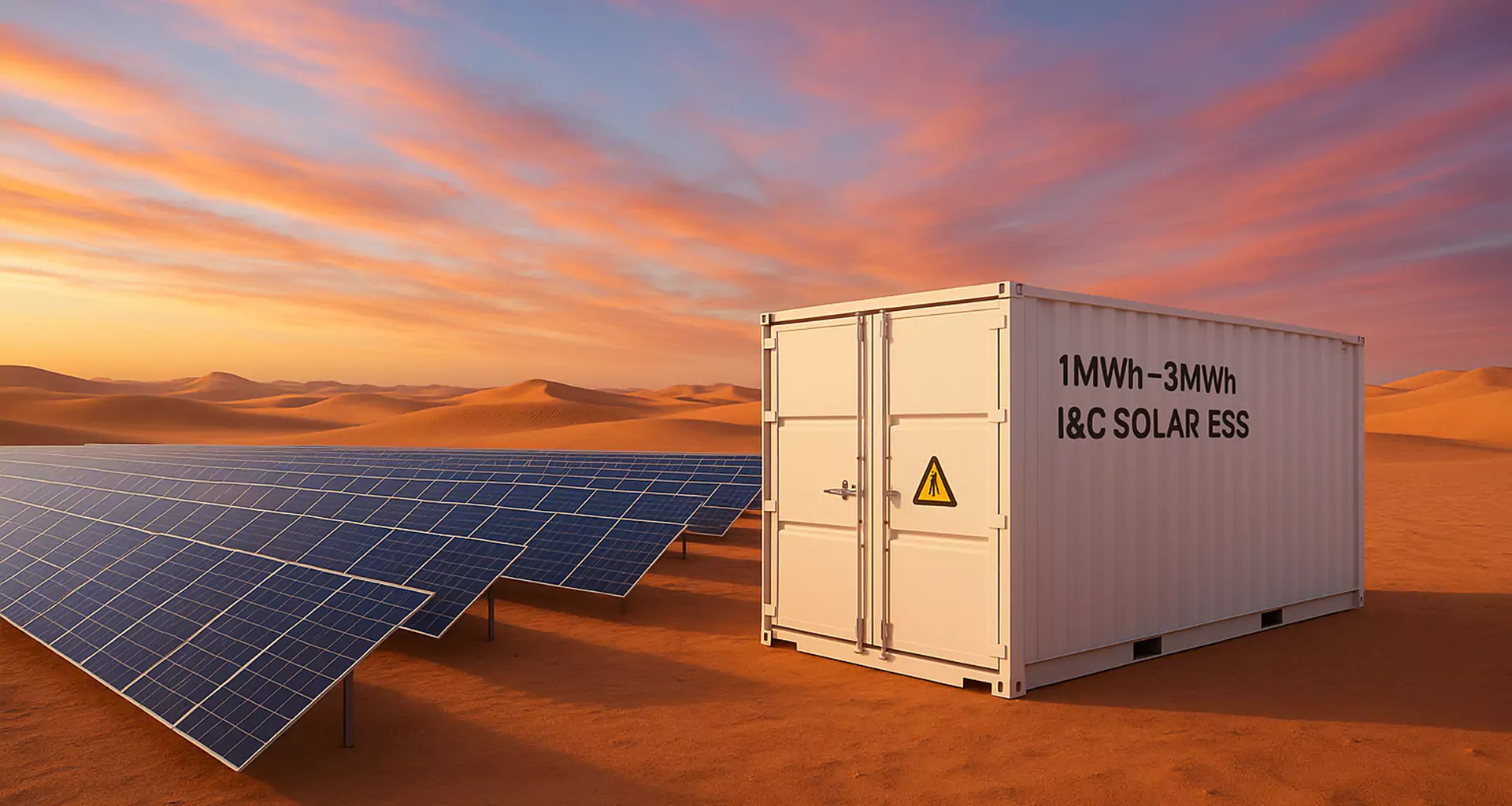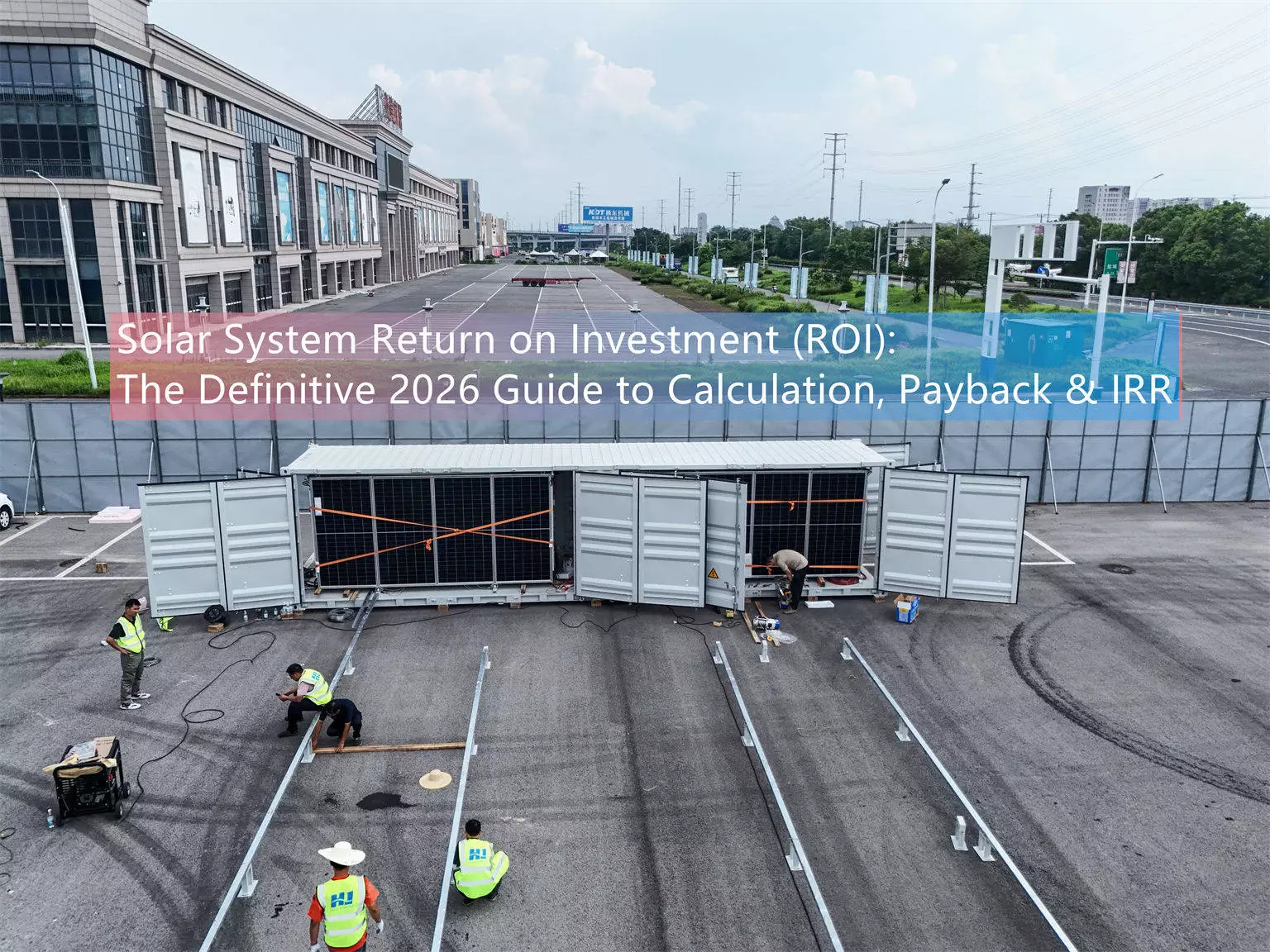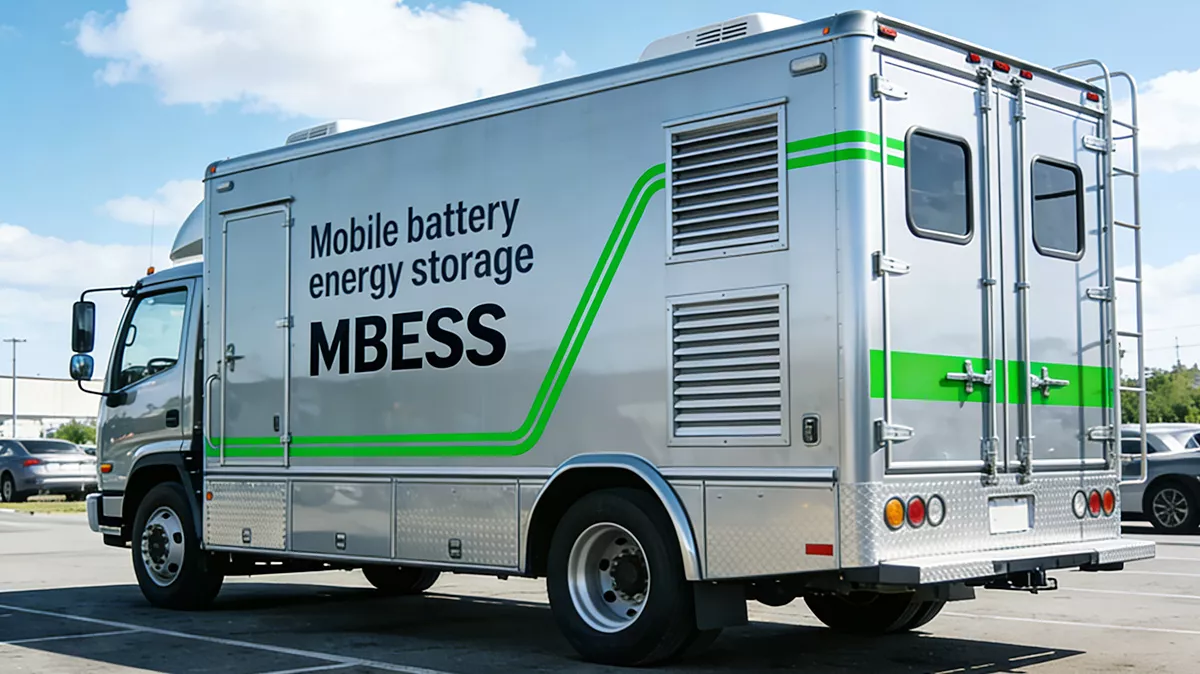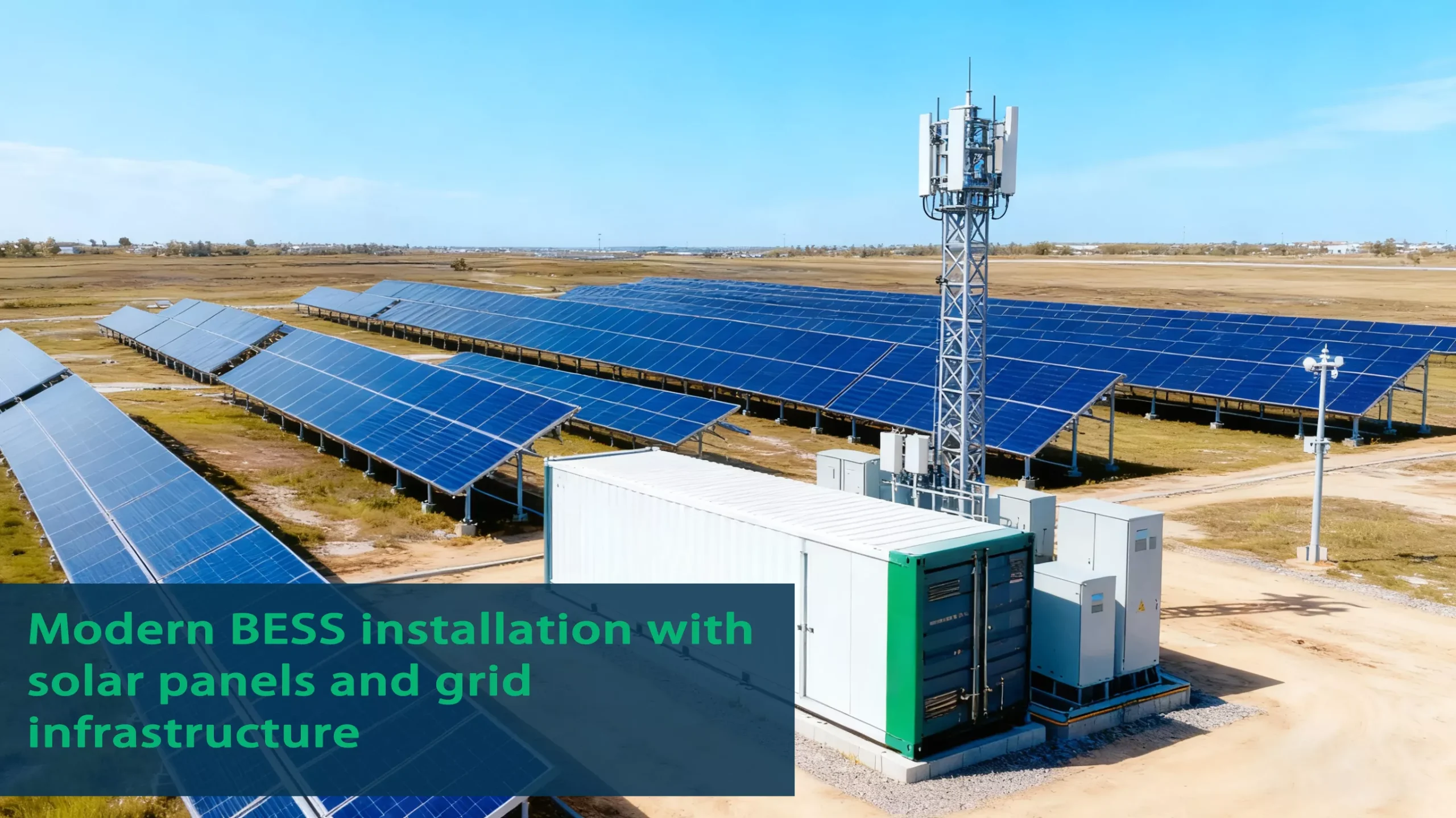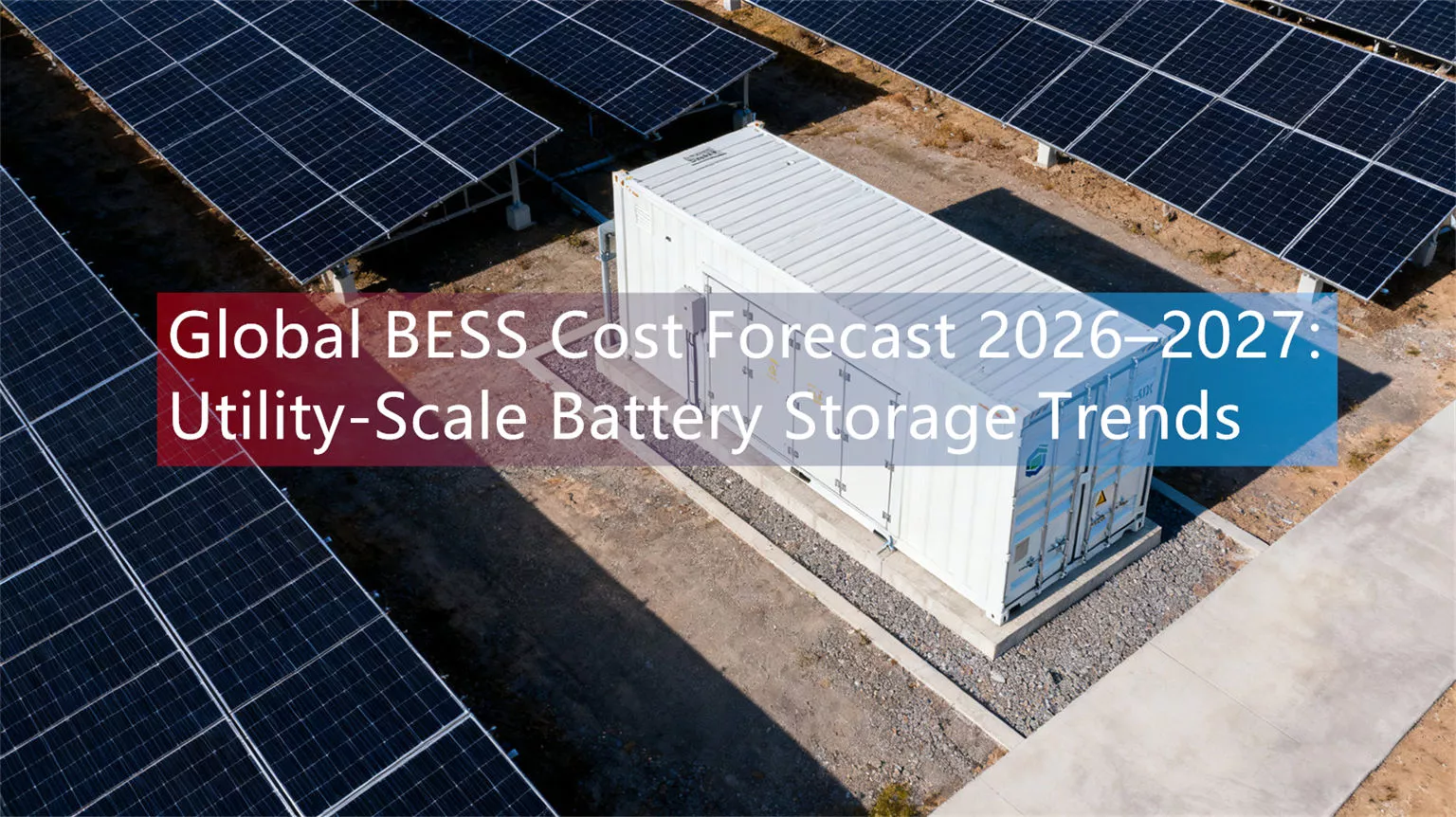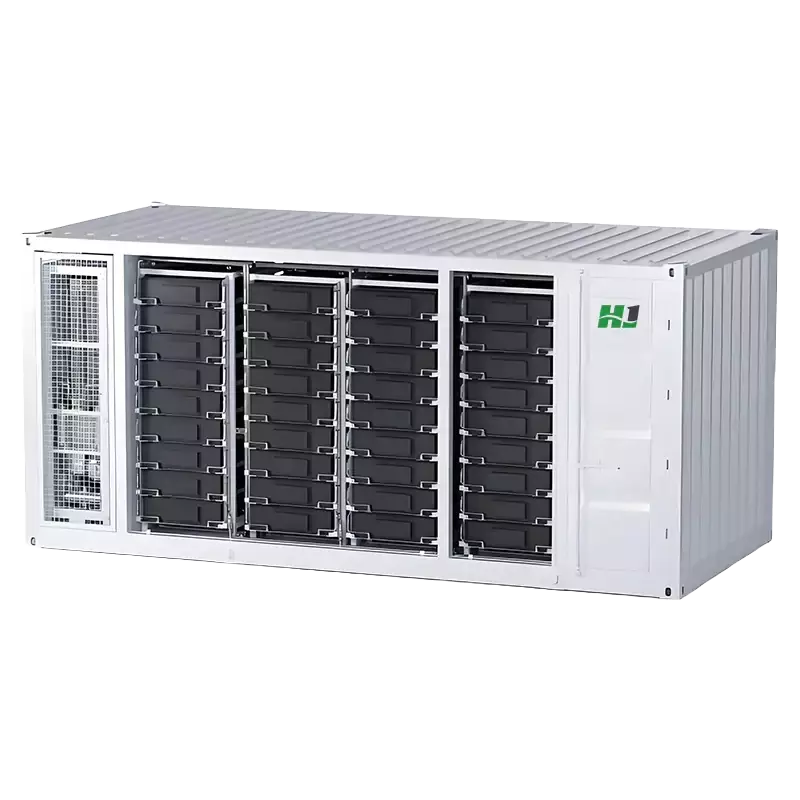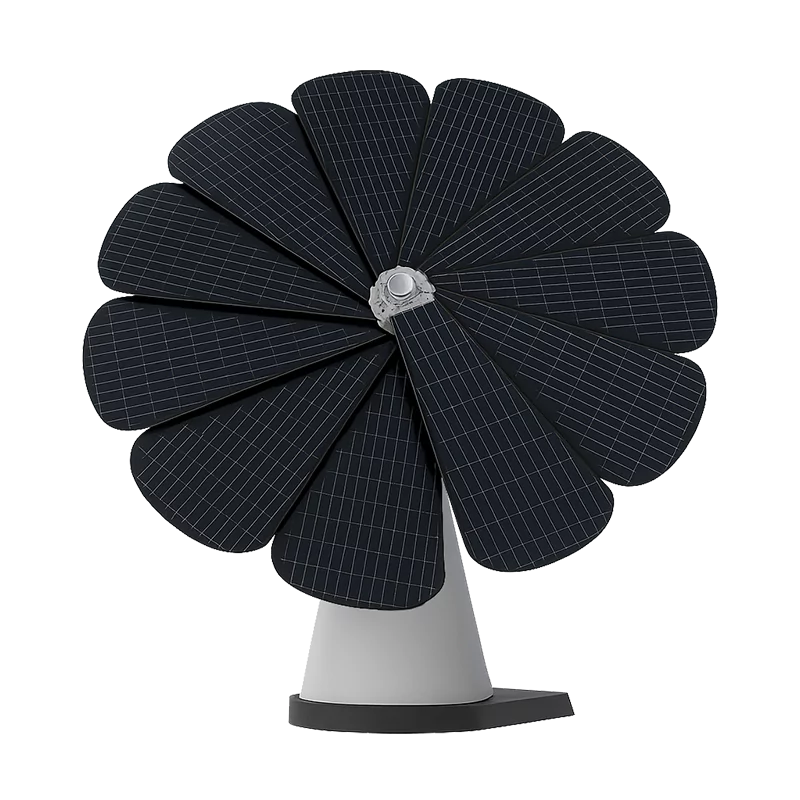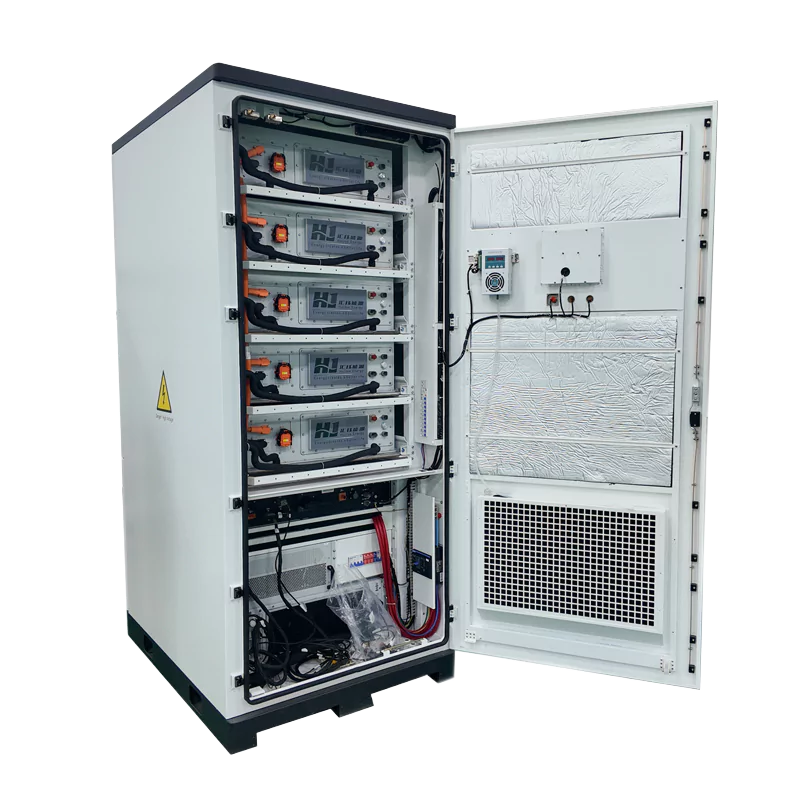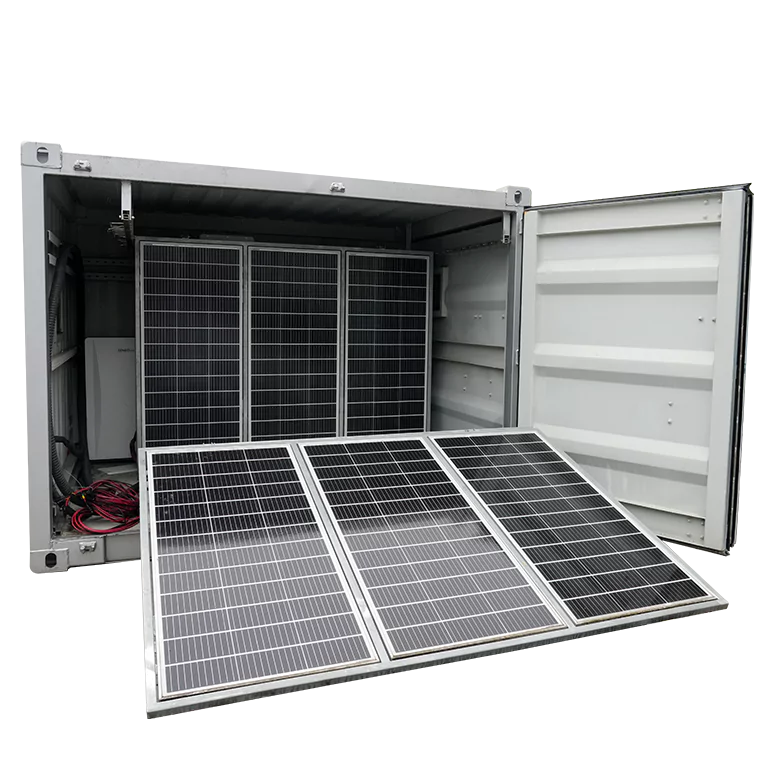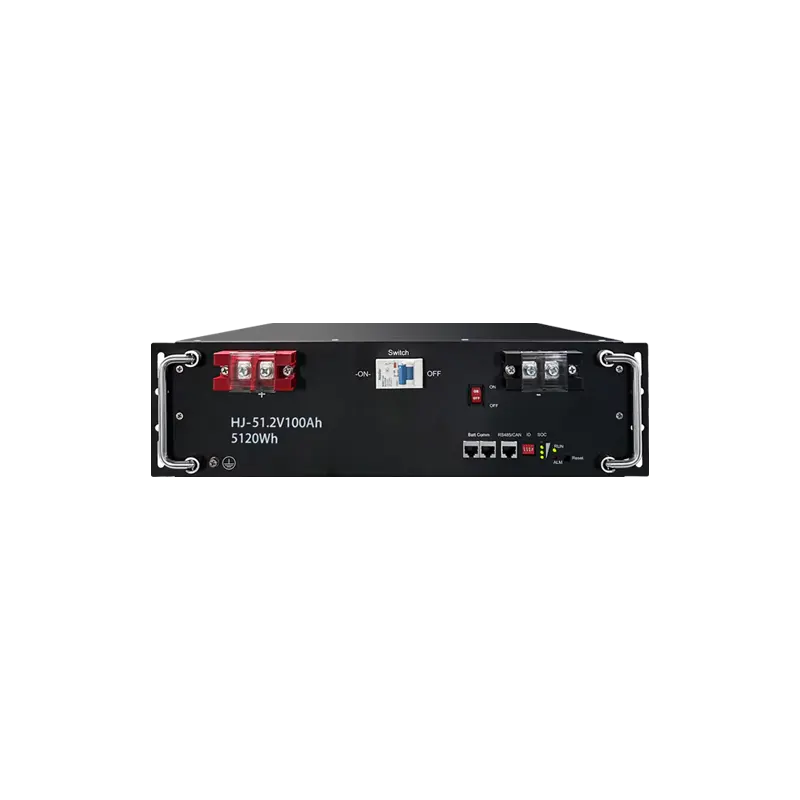Container House with Solar Powered: Modern Comfort in the Wild
Nowadays, the tourism industry is booming, and people are no longer satisfied with traditional hotels or homestays. More and more entrepreneurs and developers are turning their attention to those remote, peaceful and naturally beautiful mountain forests. As a result, all kinds of “mountain cottages” sprang up like mushrooms after rain. Especially those “lonely hotels” built on the peaks of high mountains, on the edges of cliffs or deep in the forests, which seem to be isolated from the outside world yet full of modernity, have become the favorites of the new generation of travelers.

So, in these “paradises” far from the power grid, without water sources or signals, how exactly have modern living facilities been achieved? At the core of this is a container house brimming with technology – a solar-powered one.
In a mountainous highland, a container house with solar powered only 20 square meters stands quietly in the scenery, like a future visitor. Pushing the door open and stepping in, the air conditioner was roaring. The water heater, refrigerator, WiFi router and coffee machine were all available. Even the indoor air was treated to be fresh and dry. It’s hard to imagine that such a modern little house doesn’t need to rely on the municipal power grid, doesn’t need to be connected to the tap water, and doesn’t require dedicated personnel to watch over it.
The “vitality” of this container house with solar powered comes from the solar photovoltaic modules on the roof and around it. It is equipped with a highly efficient photovoltaic power generation system with a total installed capacity of 20kW, capable of generating an average of 60 kilowatt-hours of electricity per day. During the day, the small house generates electricity through photovoltaic panels, which not only meets the daily electricity demand but also automatically stores the excess power in lithium iron phosphate batteries, ensuring safety at night and on cloudy days. This energy system is not only environmentally friendly and green, but also can achieve true “independent operation off the grid”.
Power Distribution and Water System
In terms of power distribution, this small house adopts a hybrid AC and DC power distribution system. Some core appliances such as air conditioners, refrigerators and water heaters are directly powered by direct current, skipping the traditional process of “direct current → alternating current → direct current”, reducing energy loss and improving power usage efficiency. For instance, one degree of electricity here is equivalent to two degrees.
The water purification system in the container house with solar powered is equally astonishing. The cabin is equipped with a high-performance direct current water purifier. Even in areas without municipal water supply, it can provide potable water through a rainwater collection and purification system. Through multi-layer filtration and UV sterilization treatment, every drop of water is ensured to be clean and safe. Air purifiers, lighting systems and other components all adopt safe 48V direct current, further reducing the risk of electricity usage.
Modular Expansion and Environmental Impact
Even better, this kind of container house can be modularly expanded according to actual needs. For instance, during the season with a large number of tourists, a kitchen module or storage module can be connected beside the cabin. In areas rich in wind resources, micro wind power generation equipment can also be externally attached to achieve multi-energy complementarity.
The environmental protection aspect is also commendable. The carbon emissions of a standard old container after renovation are at least 5 tons less than those of a newly built brick-concrete structure in terms of CO₂ emissions. Take the Anji project in Zhejiang Province as an example. It can reduce 87 tons of carbon emissions in a year, which is equivalent to planting 5,000 trees. In addition, all interior decoration materials also adopt environmental protection standards to minimize interference with the natural environment to the greatest extent.
Smart Control System
Don’t underestimate this small house of only 20 square meters. Its “smart brain” is hidden in a control center. This system can monitor in real time the electricity level, water level, temperature and humidity, safety alarms and other information inside the house. With the help of a mobile APP, homeowners or managers can remotely view and control all the devices in their houses even if they are thousands of miles away, truly achieving “unattended” intelligent management.
Conclusion
In summary, the traditional container was merely a means of transportation. However, nowadays, it has learned to “absorb sunlight”, breathe, regulate temperature, and even supply water and electricity, transforming into a high-tech small independent residence. From then on, even in the deep mountains and wilds, one can live in a small house full of technology and warmth – civilization no longer relies on sockets and wires, but is a gift from the sun.
In the future, whether you want to build a Tibetan-style homestay under the snow-capped mountains in Xizang or open an eco-hotel in the rainforest of Southeast Asia, this container house with solar powered has the potential to be the first step towards your green dream.
Find Your Solar + Battery Storage Specialist Now!
* Fill out this form and our experts will help you find the perfect solar storage solution for your home or business.


